4'-CHLORO-3-METHOXYCINNAMANILIDE
Synonym(s):N-(3-Methoxyphenyl)-4-chlorocinnamide
- CAS NO.:472981-92-3
- Empirical Formula: C16H14ClNO2
- Molecular Weight: 287.74
- MDL number: MFCD01033818
- SAFETY DATA SHEET (SDS)
- Update Date: 2024-11-19 23:02:33
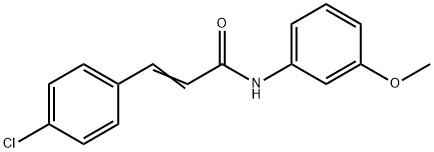
What is 4'-CHLORO-3-METHOXYCINNAMANILIDE?
Description
SB-366791 (472981-92-3) is a potent (IC50 = 0.7 μM) and selective TRPV1 blocker.1,2 Selective for TRPV1 in a panel of 47 different binding assays.
The Uses of 4'-CHLORO-3-METHOXYCINNAMANILIDE
N-(4-Methoxyphenyl)-4-chlorocinnamamide is a novel, potent, and selective cinnamide TRPV1 antagonist. Also a useful tool to further study the biology of TRPV1.
The Uses of 4'-CHLORO-3-METHOXYCINNAMANILIDE
SB-366791 has been used as a transient receptor potential cation channel subfamily V member 1 (TRPV1) antagonist:
- to infer the in vitro and in vivo pharmacology of (E)-3-(4-t-butylphenyl)-N-(2,3-dihydrobenzo[b][1,4]dioxin-6-yl)acrylamide (AMG 9810)
- to study its effects on sodium hydrogen sulfide (NaHS) or capsaicin-induced contractile activity
- to study the inhibitory potency of phoneutria toxin (PnTx3-5) (native and recombinant) on various responses mediated by transient receptor potential cation channel subfamily V member 1 (TRPV1)
What are the applications of Application
SB-366791 is a potent and selective vanilloid receptor (TRPV1) antagonist
Definition
ChEBI: 3-(4-chlorophenyl)-N-(3-methoxyphenyl)-2-propenamide is a member of cinnamamides and a secondary carboxamide.
Biological Activity
Potent, selective and competitive vanilloid TRPV1 (VR1) receptor antagonist (pA 2 = 7.71 at hVR1); antagonizes hTRPV1 receptors activated by agonists, noxious heat, but not protons. Displays selectivity over a wide range of receptors and systems including CB 1 and CB 2 receptors, voltage-gated Ca 2+ channels and the hyperpolarization-activated current (I h ). Also available as part of the Vanilloid TRPV1 Receptor Tocriset™ .
Biochem/physiol Actions
SB-366791 might exhibit analgesic properties on bone cancer-related pain behavior.
storage
Store at RT
References
1) Gunthorpe, et al., (2004) Identification and characterization of SB-366791, a potent and selective vanilloid receptor (VR1/TRPV1) antagonist; Neuropharmacology 46 133 2) Varga et al. (2005) Effects of the novel TRPV1 receptor antagonist SB366791 in vitro and in vivo in the rat; Neurosci. Lett.. 385 137
Properties of 4'-CHLORO-3-METHOXYCINNAMANILIDE
| Melting point: | 165-167℃ |
| storage temp. | Sealed in dry,Room Temperature |
| solubility | DMSO: 13 mg/mL, soluble |
| form | solid |
| color | off-white |
| Stability: | Stable for 1 year from date of purchase as supplied. Solutions in DMSO may be stored at -20°C for up to 3 months. |
Safety information for 4'-CHLORO-3-METHOXYCINNAMANILIDE
Computed Descriptors for 4'-CHLORO-3-METHOXYCINNAMANILIDE
New Products
Tert-butyl bis(2-chloroethyl)carbamate 4-Methylphenylacetic acid N-Boc-D-alaninol N-BOC-D/L-ALANINOL 3-Morpholino-1-(4-nitrophenyl)-5,6-dihydropyridin- 2(1H)-one Furan-2,5-Dicarboxylic Acid Tropic acid 1,1’-CARBONYLDIIMIDAZOLE DIETHYL AMINOMALONATE HYDROCHLORIDE R-2-BENZYLOXY PROPIONIC ACID 1,1’-CARBONYLDI (1,2-4 TRIAZOLE) N-METHYL INDAZOLE-3-CARBOXYLIC ACID (2-Hydroxyphenyl)acetonitrile 4-Bromopyrazole 5-BROMO-2CYANO PYRIDINE 5,6-Dimethoxyindanone 5-broMo-2-chloro-N-cyclopentylpyriMidin-4-aMine 2-(Cyanocyclohexyl)acetic acid 4-methoxy-3,5-dinitropyridine 2-aminopropyl benzoate hydrochloride 1-(4-(aminomethyl)benzyl)urea hydrochloride diethyl 2-(2-((tertbutoxycarbonyl)amino) ethyl)malonate tert-butyl 4- (ureidomethyl)benzylcarbamate Ethyl-2-chloro((4-methoxyphenyl)hydrazono)acetateRelated products of tetrahydrofuran
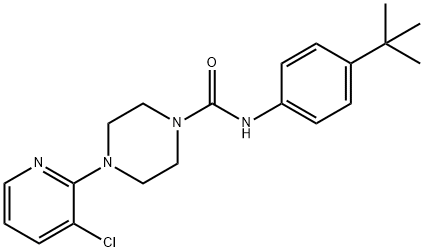
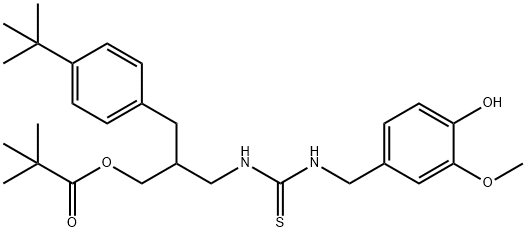

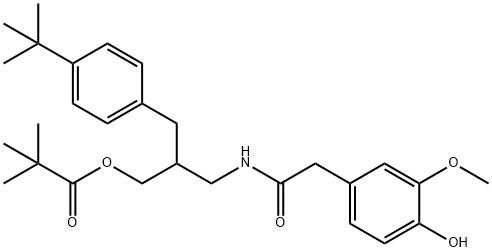
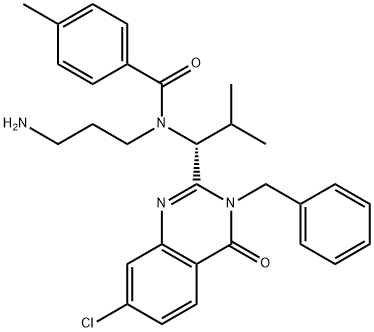
![2-(5-Benzo[1,3]dioxol-5-yl-2-tert-butyl-3H-imidazol-4-yl)-6-methylpyridine hydrate hydrochloride](https://img.chemicalbook.in/CAS/GIF/694433-59-5.gif)
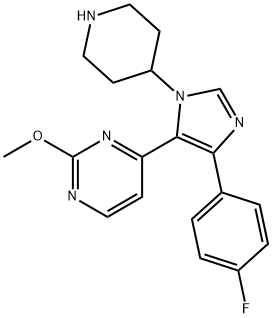
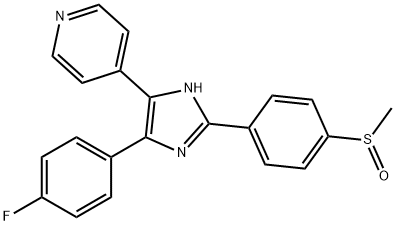
You may like
-
 SB-366791 CAS 472981-92-3View Details
SB-366791 CAS 472981-92-3View Details
472981-92-3 -
 SB-366791 CAS 472981-92-3View Details
SB-366791 CAS 472981-92-3View Details
472981-92-3 -
 1975-50-4 98%View Details
1975-50-4 98%View Details
1975-50-4 -
 2-HYDROXY BENZYL ALCOHOL 98%View Details
2-HYDROXY BENZYL ALCOHOL 98%View Details
90-01-7 -
 2-Chloro-1,3-Bis(Dimethylamino)Trimethinium Hexafluorophosphate 221615-75-4 98%View Details
2-Chloro-1,3-Bis(Dimethylamino)Trimethinium Hexafluorophosphate 221615-75-4 98%View Details
221615-75-4 -
 14714-50-2 (2-Hydroxyphenyl)acetonitrile 98+View Details
14714-50-2 (2-Hydroxyphenyl)acetonitrile 98+View Details
14714-50-2 -
 118753-70-1 98+View Details
118753-70-1 98+View Details
118753-70-1 -
 733039-20-8 5-broMo-2-chloro-N-cyclopentylpyriMidin-4-aMine 98+View Details
733039-20-8 5-broMo-2-chloro-N-cyclopentylpyriMidin-4-aMine 98+View Details
733039-20-8